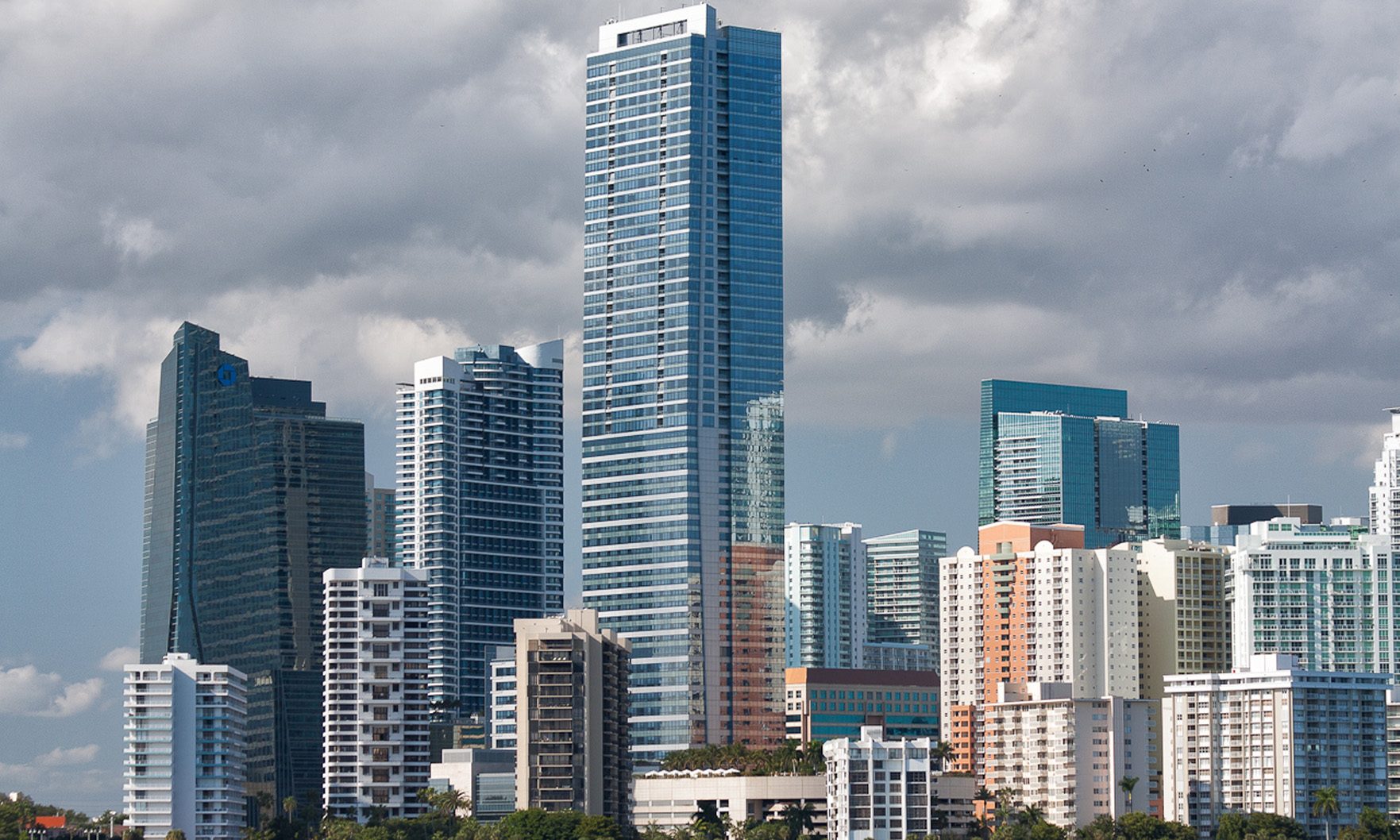The federal moratorium on evictions ended over the weekend on July 31, putting more than 144,000 Floridians at risk of becoming homeless. The U.S. Supreme Court ruled against eviction extensions that are not created through legislation or by Congress.
Experts say that the moratorium puts both renters and landlords at financial risk.
A recent eviction forecast study by Zillow estimated that in Florida, 144,220 households that rent their single-family homes or apartments may be at risk of getting evicted. According to the study, 7.4 million households are already behind on rent, as of July, according to the U.S. Census Bureau’s Household Pulse Survey.
Stats Zillow provided for the state of Florida:
- 357,194 renter households in Florida are currently behind on rent, 48,969 less than in June.
- 144,220 renter households currently at risk of eviction, 9,879 more than last month.
- Factoring in added uncertainty, Zillow projects there will be 22,411 eviction filings in Florida and 12,376 are likely to result in eviction.
- Zillow estimates more than 3 million renters who were employed in March 2020 were still jobless in November. The company says unemployed renters in the U.S. will typically spend 43% of their unemployment income on rent alone.
The most recent Household Pulse Survey reports 540,664 Floridians are behind on mortgage payments, and 357,194 are behind on rent payments. The data also shows that the same number of residents not caught up on rent payments are worried they’ll have to leave their homes in the next two months due to eviction.
State and local governments may still put their own moratoriums in place.
In California, where as many as 1.6 million renters may be in arrears, most landlords can’t move forward with evictions until October.
In New Jersey, renters have until January.
Four states – Massachusetts, Nevada, New York and Oregon have implemented a moratorium.
Impact to landlords
The majority of the nation’s landlords are individual investors owning about 23 million units in 17 million properties, according to the U.S. Census. In the U.S., more than 6 million renter households are behind on rent. Landlords have next to no recourse.
“Each passing month further escalates the risk of losing an ever-increasing amount of rental housing, ultimately jeopardizing the availability of safe, sustainable and affordable housing for all Americans,” said Bob Pinnegar, CEO of the National Apartment Association, in a release. “Flawed eviction moratoriums leave renters with insurmountable debt and housing providers holding the bag as our nation’s housing affordability crisis spirals into a housing affordability disaster.”
A RealtyTrac analysis finds that single-family rental property owners face an above-average risk of default in 48% of all U.S. counties, and four Florida counties – Collier, Lee, Polk and Marion – made RealtyTrac’s top 10 list for risk of landlord default.
The RealtyTrac Rental Property Risk Report gauges the relative default risk of single-family rental homes, almost 90% of which are owned by mom-and-pop investors who own fewer than 10 properties.
“The job losses in a handful of severely impacted industries due to the COVID-19 recession have disproportionately affected renters,” said Rick Sharga, RealtyTrac executive vice president. “Federal, state and local governments have responded by enacting eviction bans to protect tenants, but in doing so have inadvertently put many landlords at risk – and the longer the eviction bans are in place, the higher the likelihood that these landlords are going to default on their mortgages, declare bankruptcy, or be forced to sell off properties at distressed pricing, which could have a negative impact on local housing markets.”
The higher default risk is tied to the COVID-19 pandemic – the resulting job losses and government-imposed eviction ban that reduced on-time rental payments according to RealtyTrac. For property owners paying a mortgage, the loss of all or part of their monthly rental income increased the risk of default.

